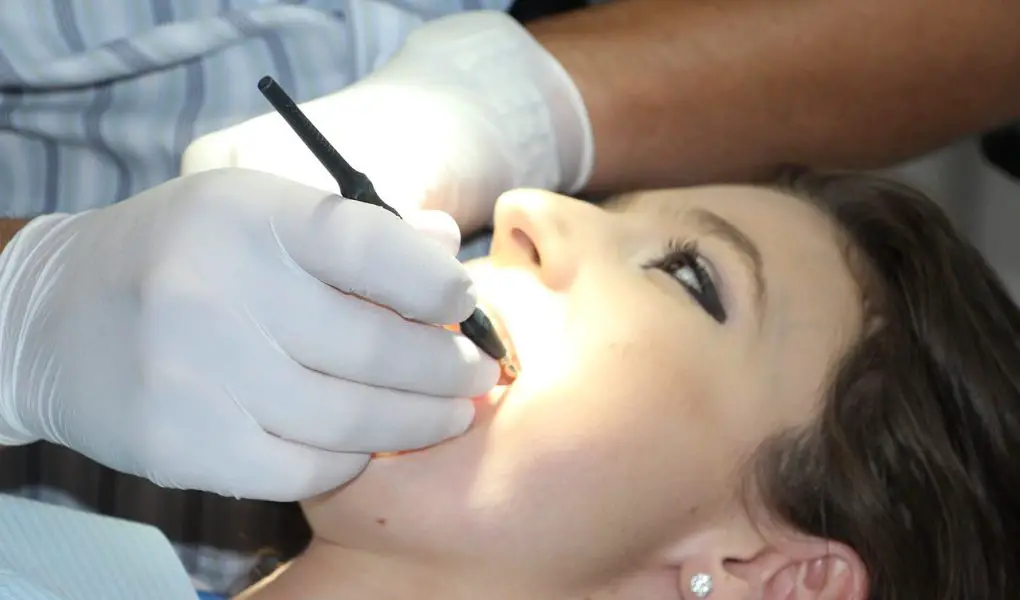Are you a dental practitioner looking for ways to grow your practice and reach more patients?
If yes, you’re not alone.
As a dental professional, you know that building and growing your dental practice is crucial to your success.
In today’s digital environment, one of the most effective ways to reach more patients is through dental marketing, and ChatGPT can be a powerful tool to help you achieve this goal.
What is ChatGPT?
ChatGPT is a large language model developed by OpenAI based on the GPT-3.5 architecture. It is designed to process and generate natural language and can be used to interact with people through a chatbot interface.
ChatGPT can understand the context of a conversation and provide relevant responses based on the data it has been trained on.
As a dental practitioner, you can leverage ChatGPT to engage with potential patients, answer their questions, and provide them with relevant information about your dental practice.
With ChatGPT, you can provide a personalized experience to each patient and build a strong relationship with them.
How can ChatGPT help with Dental Marketing?
Dental marketing is all about reaching out to potential patients, building relationships, and growing your practice.
ChatGPT can help you achieve these goals in many ways:
1. Instant communication.
ChatGPT enables instant communication with your potential patients. By integrating ChatGPT into your website or social media pages, you can provide immediate responses to patients’ inquiries, which is crucial in today’s fast-paced digital world.
Instant communication can help build trust and credibility with your patients, which is essential for growing your practice.
2. Personalization.
ChatGPT can provide a personalized experience to each patient. It can understand the context of a conversation, remember previous interactions, and tailor its responses accordingly.
This level of personalization can help build a stronger relationship with your patients, which is crucial for retaining them and growing your practice.
3. 24/7 Availability.
ChatGPT is available 24/7, which means your potential patients can interact with your dental practice anytime, anywhere.
This type of availability can help you reach more patients and provide them with the information they need, even outside your regular business hours.
4. Lead generation.
ChatGPT can be a powerful tool for lead generation. By asking potential patients for their contact information, you can capture their details and follow up with them later.
ChatGPT can also help you qualify leads by asking them relevant questions and providing them with information about your dental practice.
5. Patient education.
ChatGPT can provide patients with educational information about dental health and your dental practice. By educating your patients, you can build trust and credibility with them and position your dental practice as an authority in the field.
6. Cost-effective.
ChatGPT can be a cost-effective solution for dental marketing. Compared to traditional marketing methods, such as print ads or radio ads, ChatGPT requires minimal investment and can provide a high return on investment (ROI).
How to implement ChatGPT for Dental Marketing.
Implementing ChatGPT for dental marketing is relatively easy.
Here are some steps to follow:
1. Define your goals.
Before implementing ChatGPT, you need to define your goals. What do you want to achieve with ChatGPT? Do you want to generate leads, provide patient education, or improve patient communication?
Defining your goals will help you tailor ChatGPT to meet your specific needs.
2. Choose a platform.
There are many platforms that you can use to implement ChatGPT, such as Facebook Messenger, WhatsApp, or your website. Choose the platform that is most convenient for your potential patients and aligns with your marketing strategy.
3. Train ChatGPT.
To use ChatGPT effectively, you need to train it with relevant data. You can provide ChatGPT with frequently asked questions, information about your dental practice, and other data that you want it to use when interacting with patients.
This will allow ChatGPT to provide accurate and relevant responses to patient inquiries.
4. Integrate ChatGPT.
Once you have trained ChatGPT, you can integrate it into your chosen platform. This may involve coding or using third-party tools. If you’re not familiar with coding, you can hire a developer to assist you with the integration process.
5. Monitor and optimize.
After implementing ChatGPT, you need to monitor its performance and optimize it for better results. You can use analytics tools to track the number of interactions, leads generated, and other metrics that are relevant to your goals.
Based on the insights you gather, you can optimize ChatGPT to improve its performance and increase its effectiveness in achieving your marketing objectives.
Best Practices for Using ChatGPT for Dental Marketing.
Here are some best practices to follow when using ChatGPT for dental marketing:
1. Provide clear instructions.
When integrating ChatGPT into your website or social media pages, provide clear instructions to patients on how to use it. This will ensure that patients can interact with ChatGPT easily and get the information they need.
2. Be responsive.
ChatGPT enables instant communication with patients, so it is crucial to be responsive. Ensure that you have a team in place to handle patient inquiries and respond promptly to their messages. This will help build trust and credibility with your patients and improve their experience with your dental practice.
3. Train ChatGPT regularly.
To keep ChatGPT up-to-date with the latest information about your dental practice, train it regularly. This will ensure that it can provide accurate and relevant responses to patient inquiries.
4. Use ChatGPT to provide value.
When using ChatGPT for dental marketing, focus on providing value to your patients. Use it to provide educational information, answer questions, and offer solutions to patients’ dental health problems. This will help build trust and credibility with your patients and position your dental practice as an authority in the field.
5. Measure and optimize.
Finally, it is crucial to measure the performance of ChatGPT regularly and optimize it for better results. Use analytics tools to track the number of interactions, leads generated, and other metrics that are relevant to your goals.
Based on the insights you gather, optimize ChatGPT to improve its performance and increase its effectiveness in achieving your marketing objectives.
Conclusion.
ChatGPT can be a powerful tool for dental marketing, enabling instant communication with patients, providing a personalized experience, and building stronger relationships.
By following best practices for using ChatGPT, you can reach more patients, generate leads, and grow your dental practice.
Whether you are a small dental practice or a large dental group, ChatGPT can help you achieve your marketing objectives and position your dental practice for long-term success.




